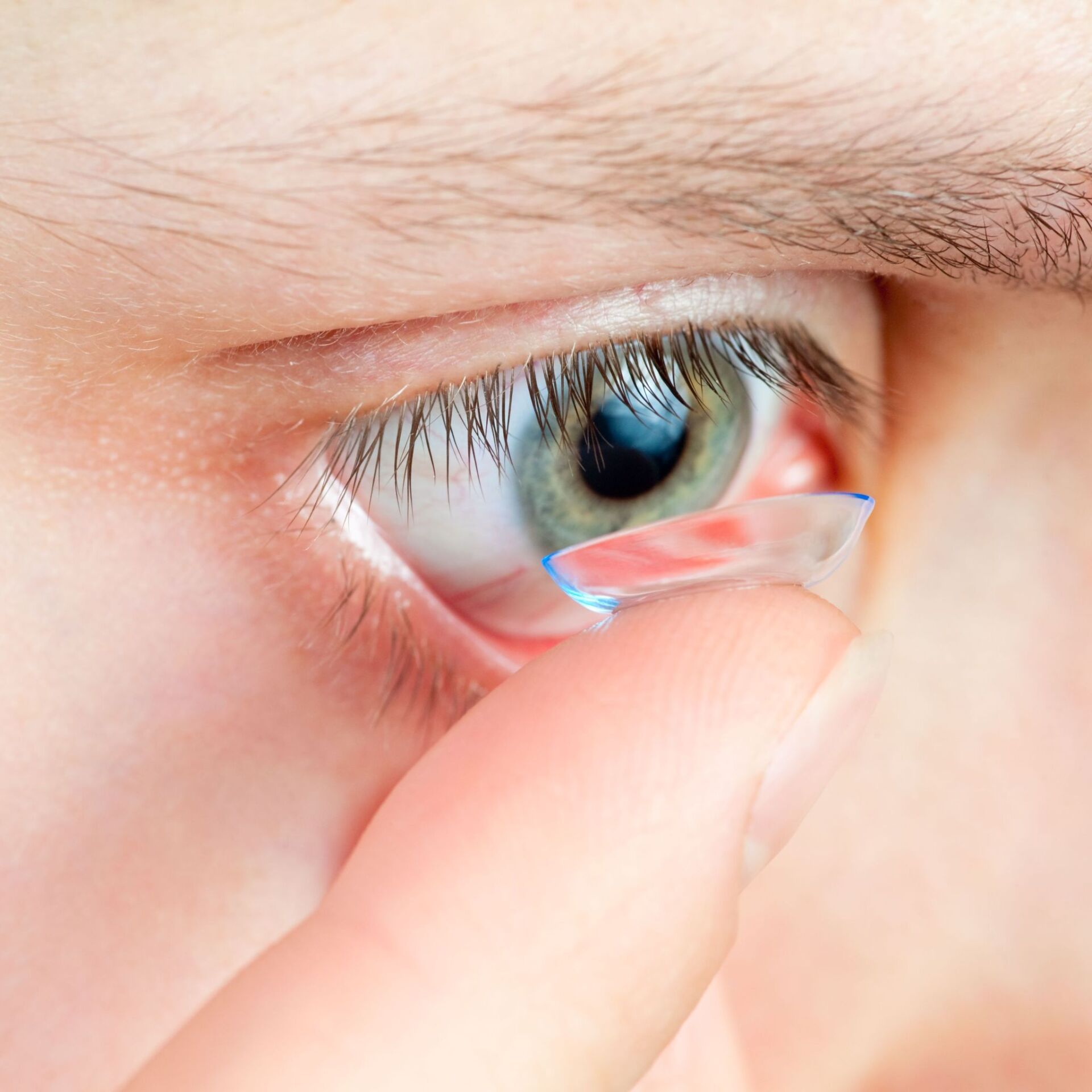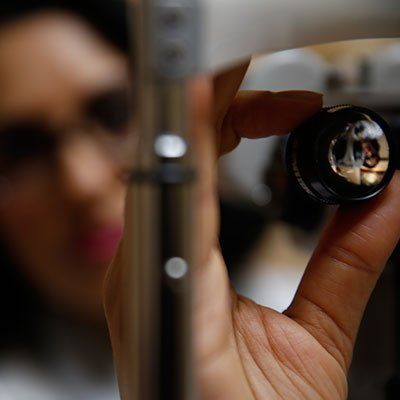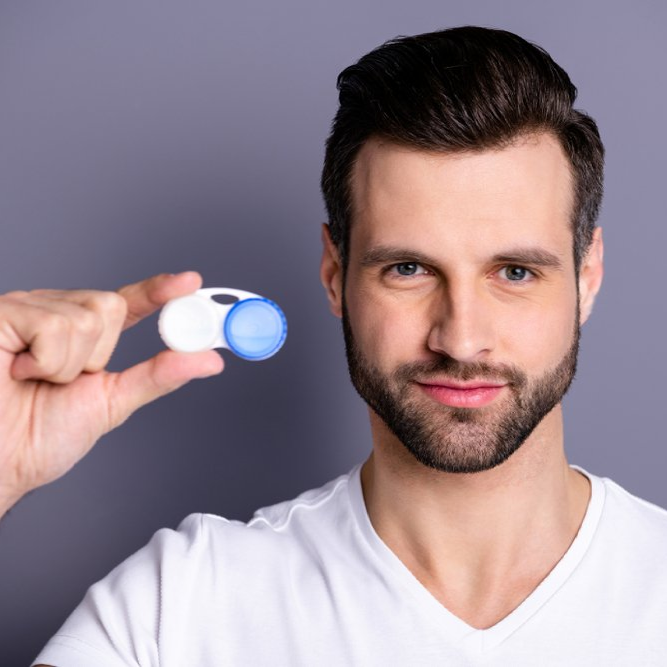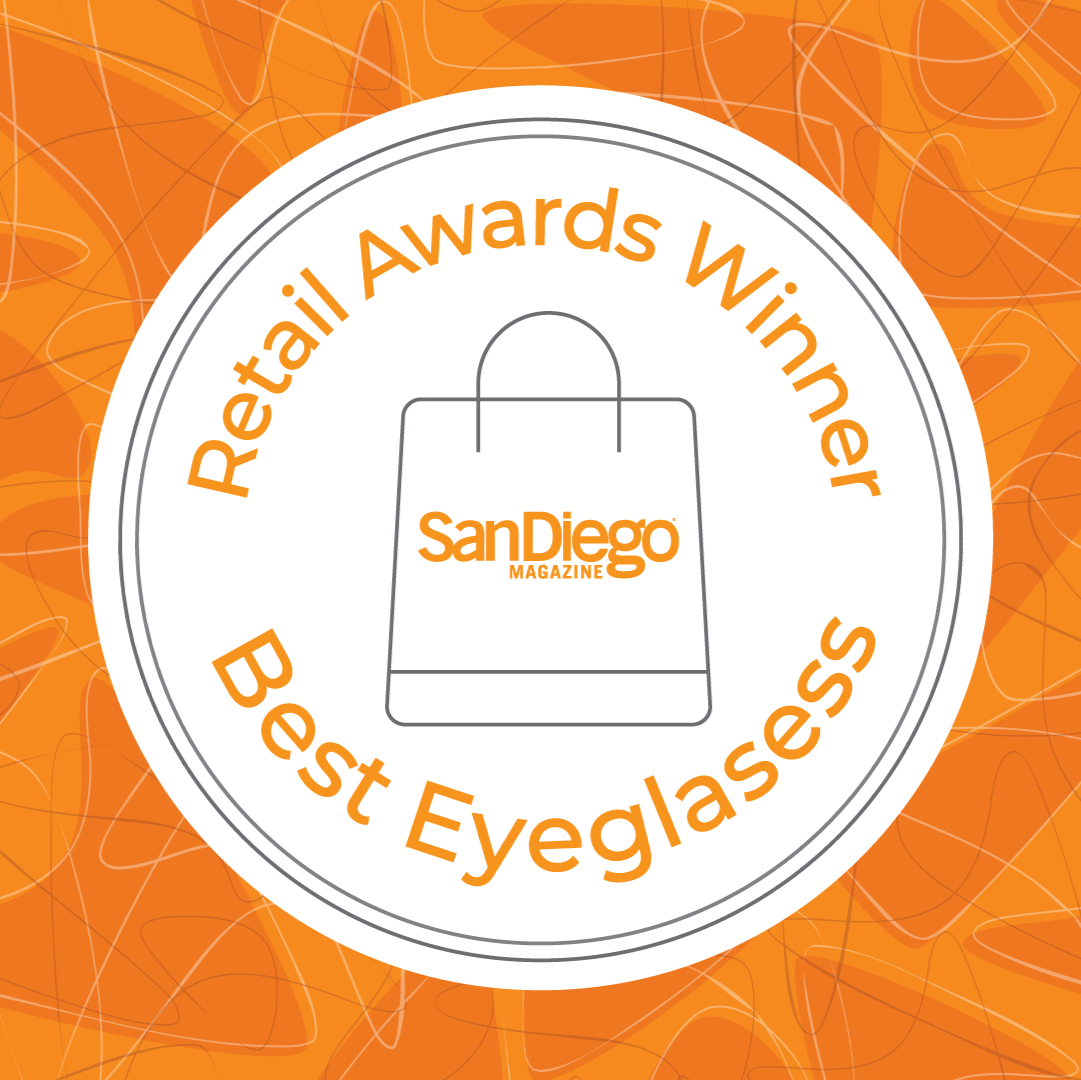Contact Lens Fitting
Are you a contact lens wearer? Do you want to be? If so, you’ll need a contact lens “fitting” which is the first step necessary in the process of fitting contact lenses. In addition to your comprehensive eye examination, we will perform up to 30 additional diagnostic steps in order to produce a precise contact lens prescription customized for you utilizing the latest and most advanced contact lens products and technology available on the market.
Why do I need a fitting?
Contact lenses are classified as a medical device by the FDA and as such are subject to their rules and regulations, namely The Fairness To Contact Lens Consumers Act. This law protects both the consumer and the optometrist by providing very clear guidelines as to what constitutes a valid contact lens prescription, how long before these prescriptions expire, etc.
The “fitting” process includes additional steps and tests beyond an eye examination, along with setting you up in diagnostic lenses and all follow-up care. These additional steps require additional time and thus additional cost. The fitting process is both a science and an art which requires a high level of expertise and experience on the part of the optometrist.
Fitting fees begin at $95 and vary depending on the level of complexity of the fitting.
How does the fitting process work?
During a contact lens fitting, the doctor will start with asking you some lifestyle questions to get an idea of what type of contact lens might work best for you. Some of the questions will include:
- What your vision goals are?
- Do you want to be able to sleep in your contact lenses?
- Do you want your contacts to help you with a specific vision problem (e.g., reading)?
- Do you want your contact lenses to be used for specific tasks (e.g., sports)?
The doctor will then run a series of tests and diagnostics to evaluate the following:
- the curvature & topography of your eye
- the diameter of your pupil & iris
- the integrity of your tear film
- the overall health of your cornea & conjunctiva
Once the doctor has done the additional necessary testing they will determine the type (or modality) that best fits your needs.
Insertion & Removal Training
Once the doctor "fits" you a specific lens, you’ll actually need to try them on. Our office stocks diagnostic lenses for fitting purposes so we’ll give you a pair to put on at the time of the initial exam.
If you are a new contact lens wearer, you will go through a training on insertion, removal, and cleaning of contact lenses. This process can take anywhere from 30 minutes to an hour.
Once the diagnostic lenses are on your eyes and settled in, the doctor will do additional testing. You’ll likely be able to take the diagnostic lenses home with you. The idea here is to wear them in your real life for a week to see how they settle in and then return for a follow-up appointment a week or so later.
Follow-up and Annual Fittings
The follow-up appointment is a necessary and important step in finalizing your contact lens prescription. The way each contact lens interacts with your eye chemistry can only be determined after you’ve worn it for a while. Usually, only one follow-up is necessary. Sometimes, with more complicated fittings, you may need to come back several times, allowing the doctor to “tweak” the prescription in order to provide the most accurate and comfortable vision.
A contact lens is a foreign body being placed directly on your cornea. The cornea is made up of living, breathing cells performing daily metabolic processes. It's very important that you follow the doctor's recommendations in regard to wear, care, and replacement of your contacts.
Overwearing your contact lenses can have negative results on these living cells and on your overall eye health. It is therefore equally important that you have your annual contact lens fitting (as required by law) so that the doctor can check that the contact lenses have not caused any adverse effects.












